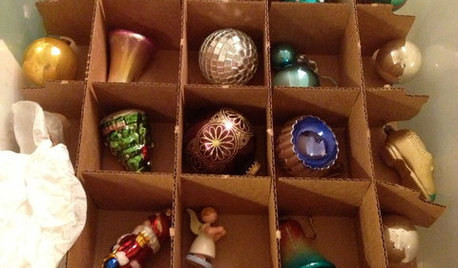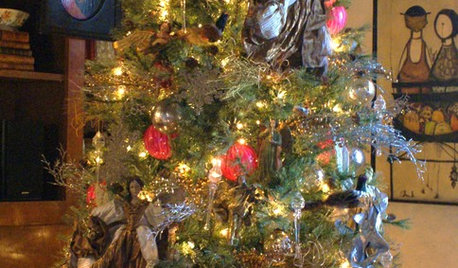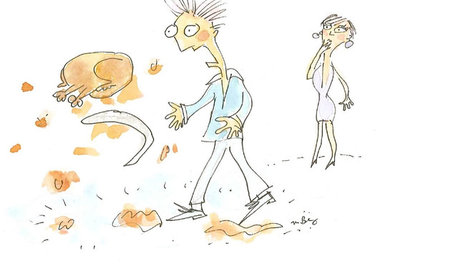Divide a Multi Trunk Potted 'Pink Icicle '
katrina1
17 years ago
Related Stories

DECORATING GUIDESDivide and Conquer: How to Furnish a Long, Narrow Room
Learn decorating and layout tricks to create intimacy, distinguish areas and work with scale in an alley of a room
Full Story
TREESGreat Design Plant: Cercis Occidentalis for Four Seasons
Plant western redbud in drought-tolerant and habitat gardens for its outstanding beauty throughout the year
Full Story
GARDENING GUIDESGarden Myths to Debunk as You Dig This Fall and Rest Over Winter
Termites hate wood mulch, don’t amend soil for trees, avoid gravel in planters — and more nuggets of garden wisdom
Full Story
HOLIDAYSChristmas Cleanup Tips for the Not Naturally Organized
Dreading the postholiday chores? First let yourself unwind. Then grab some boxes, a few supplies and this easy guide
Full Story
EDIBLE GARDENSSummer Crops: How to Grow Tomatoes
Plant tomato seedlings in spring for one of the best tastes of summer, fresh from your backyard
Full Story
ECLECTIC HOMESMy Houzz: Dreamy, Organic Style in a Tampa Cottage
Plentiful white paint and timeworn treasures create a light and natural feel in a 1940 Florida home
Full Story
HOLIDAYSChristmas Tree Decorating the Painless Way
Holidays are for carols, not cussing. Make tree trimming less work and more fun with this guide at your side
Full Story
GARDENING GUIDESCommon Myths That May Be Hurting Your Garden
Discover the truth about fertilizer, soil, staking and more to keep your plants healthy and happy
Full Story
HOUSEPLANTS8 Essentials for Healthy Indoor Plants
Houseplants add so much to our homes — and can thrive when grown in the right conditions. Keep these tips in mind
Full Story
MOST POPULARThanksgiving Tales: When the Turkey Tanks
Houzz readers prove adept at snatching victory from the jaws of entertaining defeat
Full StoryMore Discussions






Embothrium
katrina1Original Author
Related Professionals
Sand Springs Landscape Architects & Landscape Designers · Southfield Landscape Architects & Landscape Designers · Willowick Landscape Architects & Landscape Designers · Bedford Landscape Contractors · College Park Landscape Contractors · Flagstaff Landscape Contractors · Fort Myers Landscape Contractors · Huntley Landscape Contractors · Methuen Landscape Contractors · Morrisville Landscape Contractors · New Cassel Landscape Contractors · Palm Beach Gardens Landscape Contractors · Roswell Landscape Contractors · Weslaco Landscape Contractors · College Station Swimming Pool BuildersEmbothrium
katrina1Original Author
jared_sc
camellias1_roses2